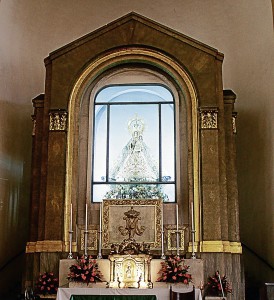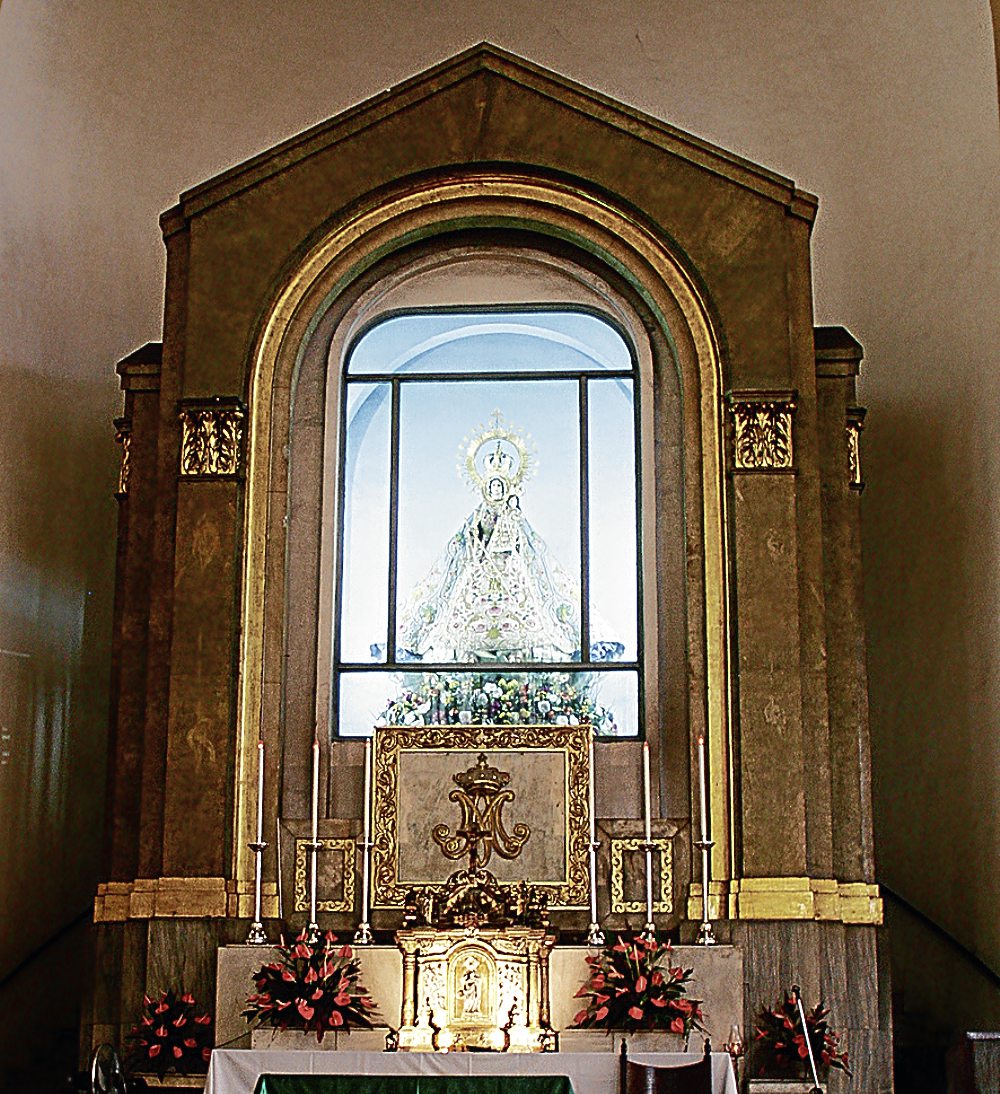
It is easy to be bedazzled by all the glitter and the pageantry of a La Naval procession. Looking beyond all these worldly trappings, however, one comes to realize that there is so much more significance than what assaults the senses.
We may start with the image of Our Lady of the Rosary of La Naval, the oldest ivory Marian image in the Philippines (1590s). The gems that have been given her and her Son are testaments to generations of devotees’ pleas for succor and prayers of thanksgiving. The earliest jewels date from about the 1770s, after the British Occupation, although some of the stones themselves may be older.
Many of the processional images that accompany Our Lady have antique ivory heads that are magnificent examples of the Filipino carver’s art.
The more modern images are also triumphs not only of Filipino sculptors but also of embroiderers, jewelers, florists, carroza-builders, and even electricians. Indeed, the grand procession of La Naval every October unites the vanished world of Intramuros with the present-day cacophony of Manila.
That cacophony is left behind when one enters Our Lady’s shrine, Santo Domingo Church. Here there is a union of faith and space, welded by art.
The church and its monastery were designed by architect José Zaragoza. The stained-glass windows were conceived by Galo Ocampo; the sculpture carved by Riccardo Francesco Monti; and the cupola murals painted by Carlos “Botong” Francisco and Vicente Garcia Llamas.
All these artists had either studied or taught at the University of Santo Tomas, making the Santo Domingo complex one of the most important contributions of the Dominicans to Philippine art.
Santo Domingo has also figured prominently in Philippine history. To cite just one example, the funeral wake of Benigno “Ninoy” Aquino was held here in 1983, an event which prefigured the People Power Revolution three years later.
Within the corridors are places for spiritual, physical, social and intellectual formation. There are counseling rooms and clinics. The halls and the church itself have served as refugee centers in time of storm and flood. (The church transformed into a relief and refugee center during August’s monsoon floods.)
A museum conserves relics of the saints while providing catechesis in a more visual approach. In the vicinity are the headquarters of the Dominican Province of the Philippines, with its archives, studentate and libraries.
The ennobling voices of the Tiples de Santo Domingo, one of the country’s oldest choirs, provide not just another link with history, but also one more reminder of that intangible heritage that has kept the faith aflame on this part of Asia all these centuries.
The declaration by the National Museum of Santo Domingo Church as a National Cultural Treasure is a recognition of the excellent state of preservation of its tangible heritage. It might be also seen as a call for the Dominicans and all those who work with them to constantly ensure that this tangible heritage is just a road map for the heritage that awaits us all.
Regalado Trota-José is head of the Subcommission on Cultural Heritage and a commissioner of the National Commission for Culture and the Arts.









































